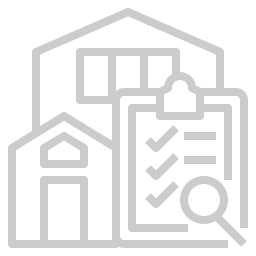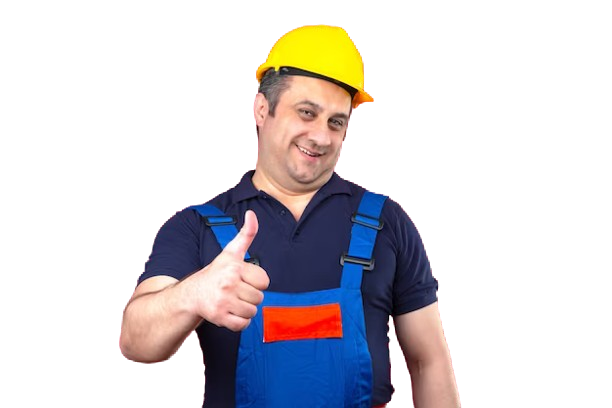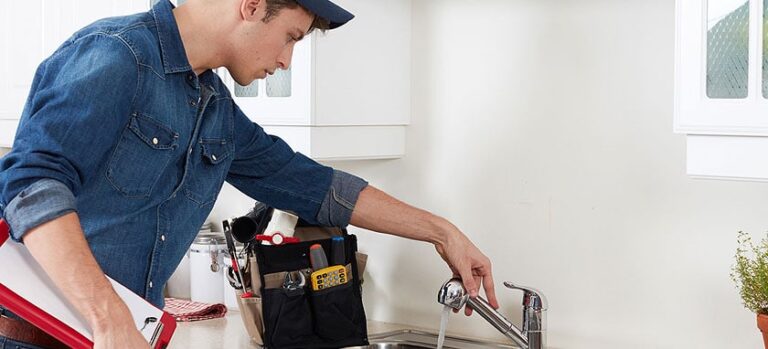Common Plumbing Problems in Old Houses
Old houses have a charm and character that new constructions often lack. However, along with their vintage appeal come plumbing systems that can be as aged as the structures themselves. While modern plumbing systems are designed to be efficient and long-lasting, the older systems in vintage homes can present unique challenges. Here are some common plumbing problems you might encounter in old houses, along with tips for addressing them.
Galvanized Pipes
Problem:
Many old homes have galvanized steel pipes, which were standard until the 1960s. Over time, these pipes can corrode and rust from the inside out, leading to reduced water pressure and the risk of leaks.
Solution:
Consider replacing galvanized pipes with modern alternatives like copper or PEX (cross-linked polyethylene) pipes. While this can be a significant investment, it will improve water quality and pressure and prevent future leaks.
Pipe Bellies
Problem:
As homes settle over time, sections of the plumbing system can sag or develop “bellies.” These low points can cause water and waste to pool, leading to blockages and leaks.
Solution:
A professional plumber can inspect your pipes using a camera to identify any bellies. Depending on the severity, the plumber may suggest re-leveling or replacing the affected sections of pipe.
Leaky Faucets and Fixtures
Problem:
Older faucets and fixtures can wear out over time, leading to drips and leaks that waste water and increase your utility bills.
Solution:
Replace old fixtures with new, water-efficient models. If you prefer to maintain the home’s original aesthetic, look for reproduction fixtures that offer modern functionality while preserving the vintage look.
Outdated Sewer Lines
Problem:
Sewer lines in older homes may be made of clay, cast iron, or even Orangeburg (a type of bitumen pipe). These materials are prone to cracking, collapsing, and tree root intrusion, leading to frequent backups and blockages.
Solution:
Have a professional plumber conduct a sewer camera inspection to assess the condition of your sewer lines. Depending on the findings, you may need to replace the old lines with durable PVC or ABS pipes.
Low Water Pressure
Problem:
Several factors can contribute to low water pressure in old houses, including corroded pipes, clogged aerators, and outdated fixtures.
Solution:
Start by cleaning or replacing faucet aerators and showerheads. If the problem persists, you may need to address the underlying issue, such as replacing old pipes or installing a pressure-boosting system.
Water Heater Issues
Problem:
Older water heaters can become inefficient and may struggle to provide a consistent supply of hot water. Sediment buildup in the tank can also reduce the heater’s efficiency and lifespan.
Solution:
If your water heater is more than 10-15 years old, consider replacing it with a new, energy-efficient model. Regularly flushing the tank can also help remove sediment and improve performance.
Faulty Plumbing Fixtures
Problem:
Vintage homes often come with original plumbing fixtures that, while charming, can be prone to leaks and other issues due to wear and tear over the years.
Solution:
Inspect all fixtures for signs of leaks or damage. Replacing faulty fixtures with new ones can prevent further problems and improve the overall functionality of your plumbing problems.
Root Intrusion
Problem:
Tree roots can infiltrate old sewer lines, causing blockages and significant damage. This is particularly common with clay and Orangeburg pipes.
Solution:
A professional plumber can use a sewer camera to locate root intrusions. In some cases, a high-pressure water jet or mechanical auger can remove the roots. However, replacing the affected sewer lines with modern materials may be necessary for a long-term solution.
Outdated Plumbing Codes
Problem:
Old houses were built to meet the plumbing codes of their time, which may no longer be up to current standards. This can lead to various issues, including safety hazards and inefficiencies.
Solution:
Have a licensed plumber inspect your plumbing system to ensure it meets current codes. They can recommend necessary upgrades to improve safety and performance.
Polybutylene Pipes
Problem:
Homes built between the 1970s and mid-1990s may have polybutylene pipes, which are prone to cracking and leaks. These pipes are considered defective and can cause significant water damage if they fail.
Solution:
Replace polybutylene pipes with more reliable materials like PEX or copper. This will prevent plumbing problems and improve the overall reliability of your plumbing system.
Water Quality Issues
Problem:
Old pipes can affect water quality, leading to discoloration, unpleasant tastes, and potential health hazards. This is often due to rust, sediment, or outdated materials like lead pipes.
Solution:
Test your water for contaminants and consider installing a whole-house water filtration system. If lead pipes are present, they should be replaced immediately to ensure safe drinking water.
Frozen Pipes
Problem:
Older homes may have insufficient insulation, making pipes more susceptible to freezing in cold weather. Frozen pipes can burst, causing extensive water damage.
Solution:
Insulate exposed pipes, especially in unheated areas like basements and crawl spaces. During extreme cold, let faucets drip to keep water flowing and prevent freezing.
Backed-Up Sewer Lines
Problem:
Older sewer lines can become clogged or damaged over time, leading to backups that can cause unpleasant odors and potential health hazards.
Solution:
Regular maintenance, such as professional sewer line cleaning, can help prevent backups. If backups are frequent, a plumber may recommend a more thorough inspection and possible replacement of damaged sections.
Aging Septic Systems
Problem:
If your old house has a septic system, it may be nearing the end of its lifespan. Aging septic systems can fail, leading to unpleasant and costly issues.
Solution:
Have your septic system inspected and pumped regularly. If it’s showing signs of failure, such as slow drains, standing water, or foul odors, it may need to be repaired or replaced.
Corroded or Leaky Valves
Problem:
Shut-off valves and other plumbing valves can corrode or become leaky over time, making it difficult to control water flow in your home.
Solution:
Inspect all valves regularly and replace any that are corroded or leaking. Modern ball valves are a reliable choice and can provide years of trouble-free operation.
Conclusion
Owning an old house comes with its own set of challenges, especially when it comes to plumbing problems. By being aware of common issues and addressing them proactively, you can preserve the charm of your vintage home while ensuring a functional and reliable plumbing system. Regular maintenance, timely repairs, and necessary upgrades will keep your plumbing in good working order, allowing you to enjoy the unique beauty and history of your old house for years to come.







